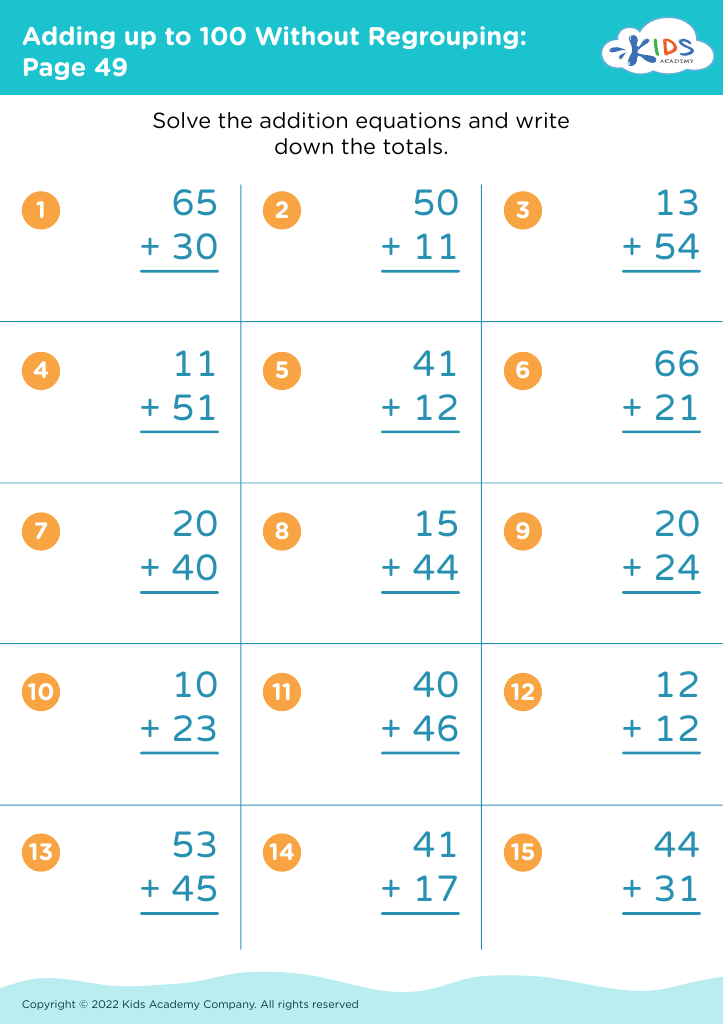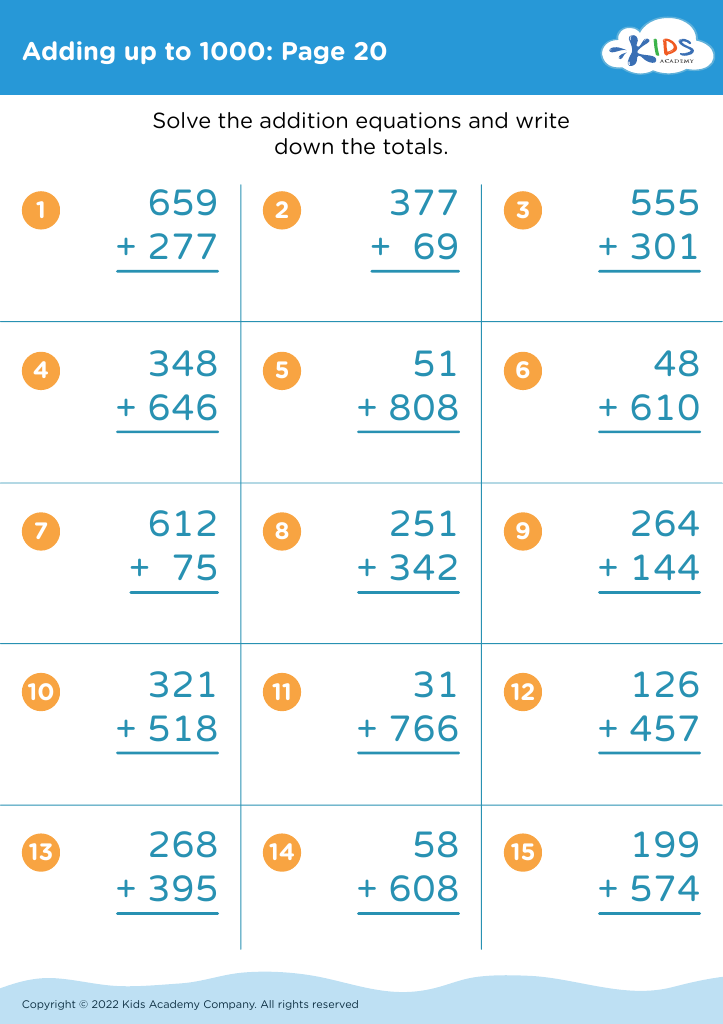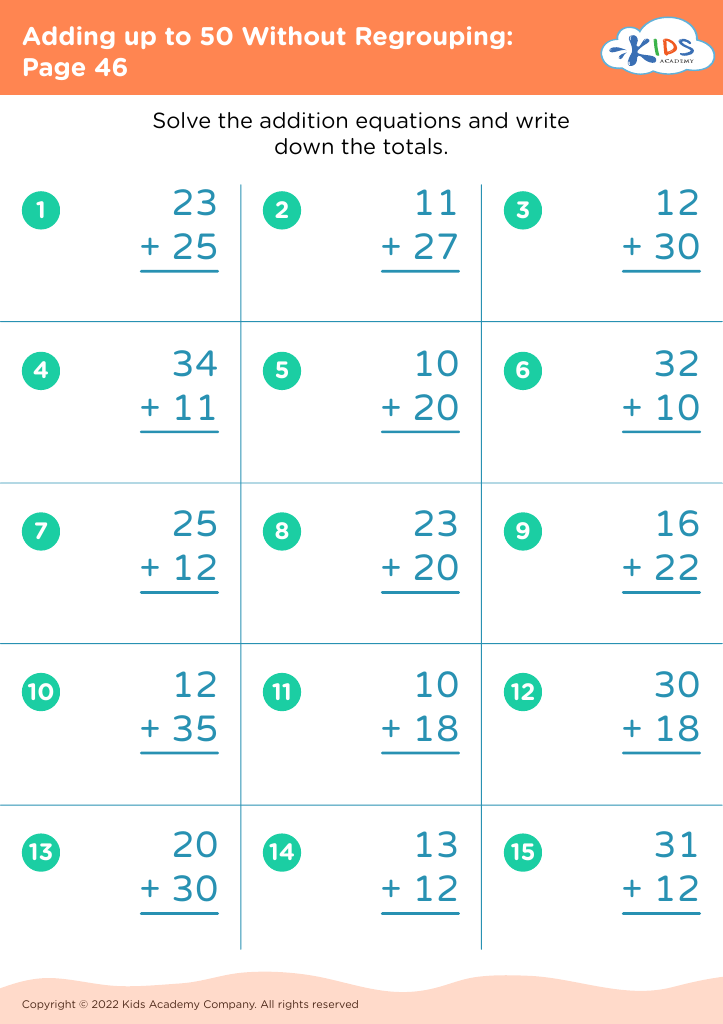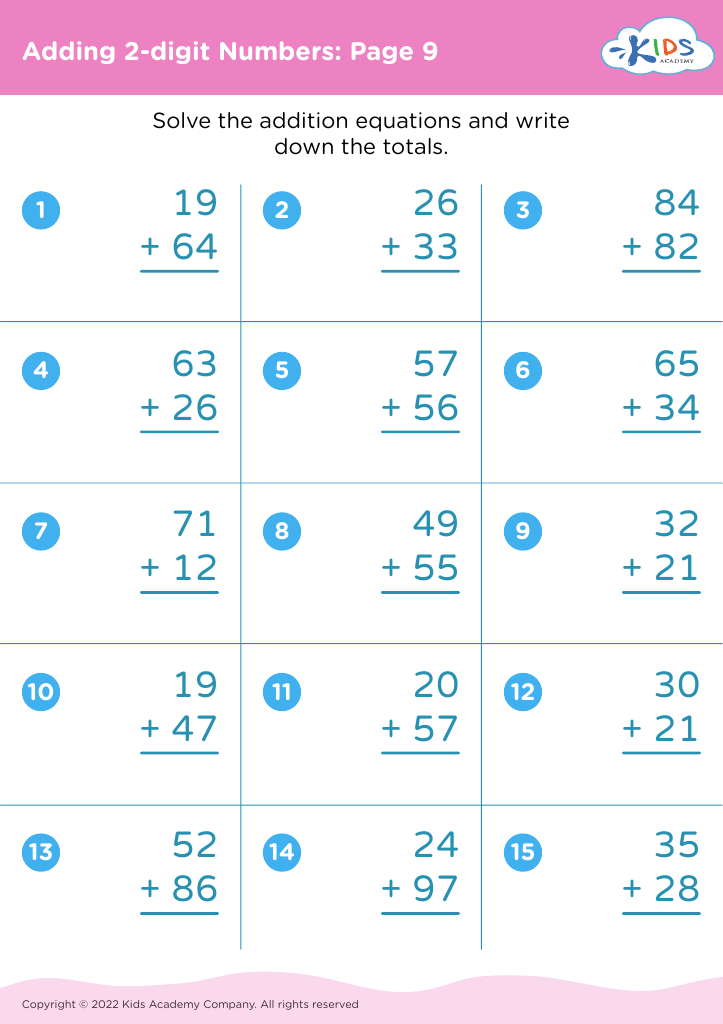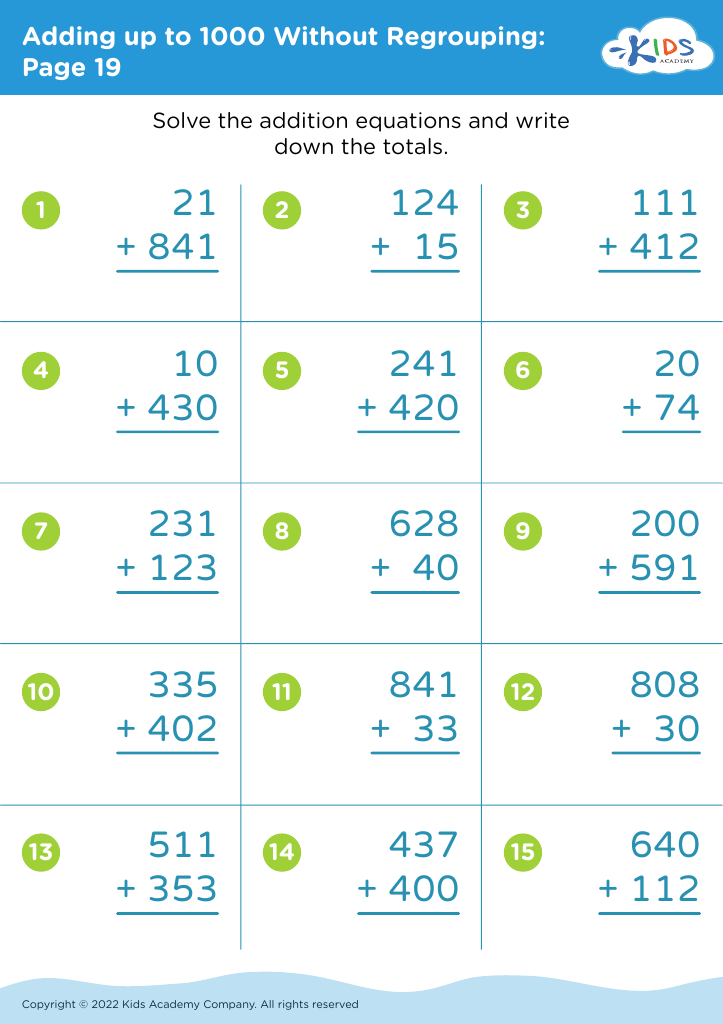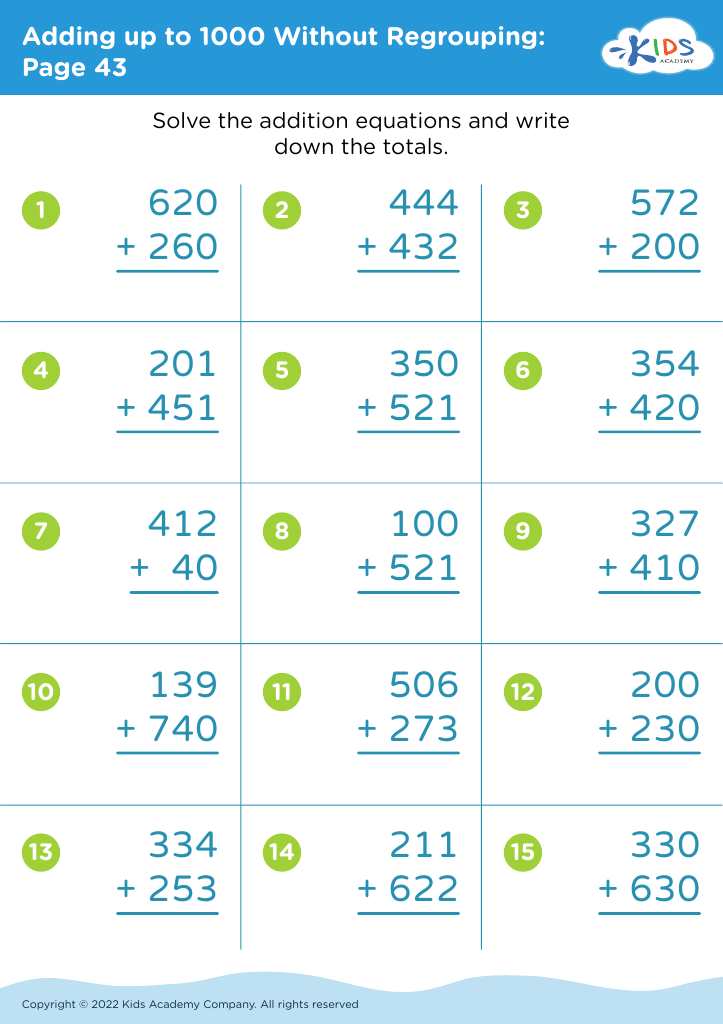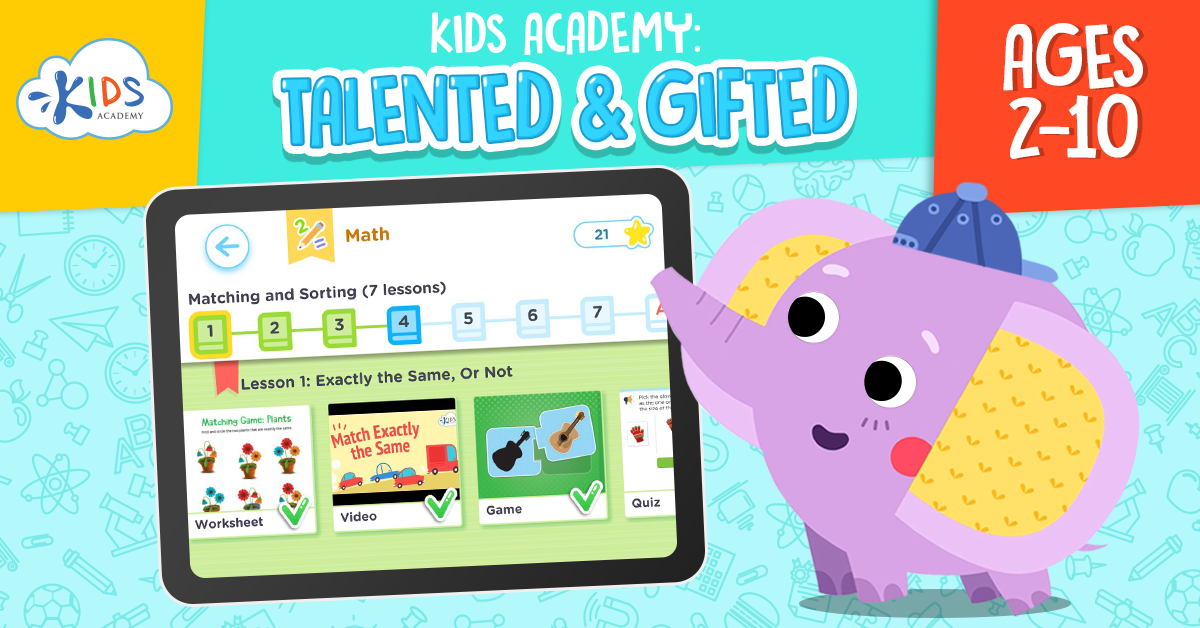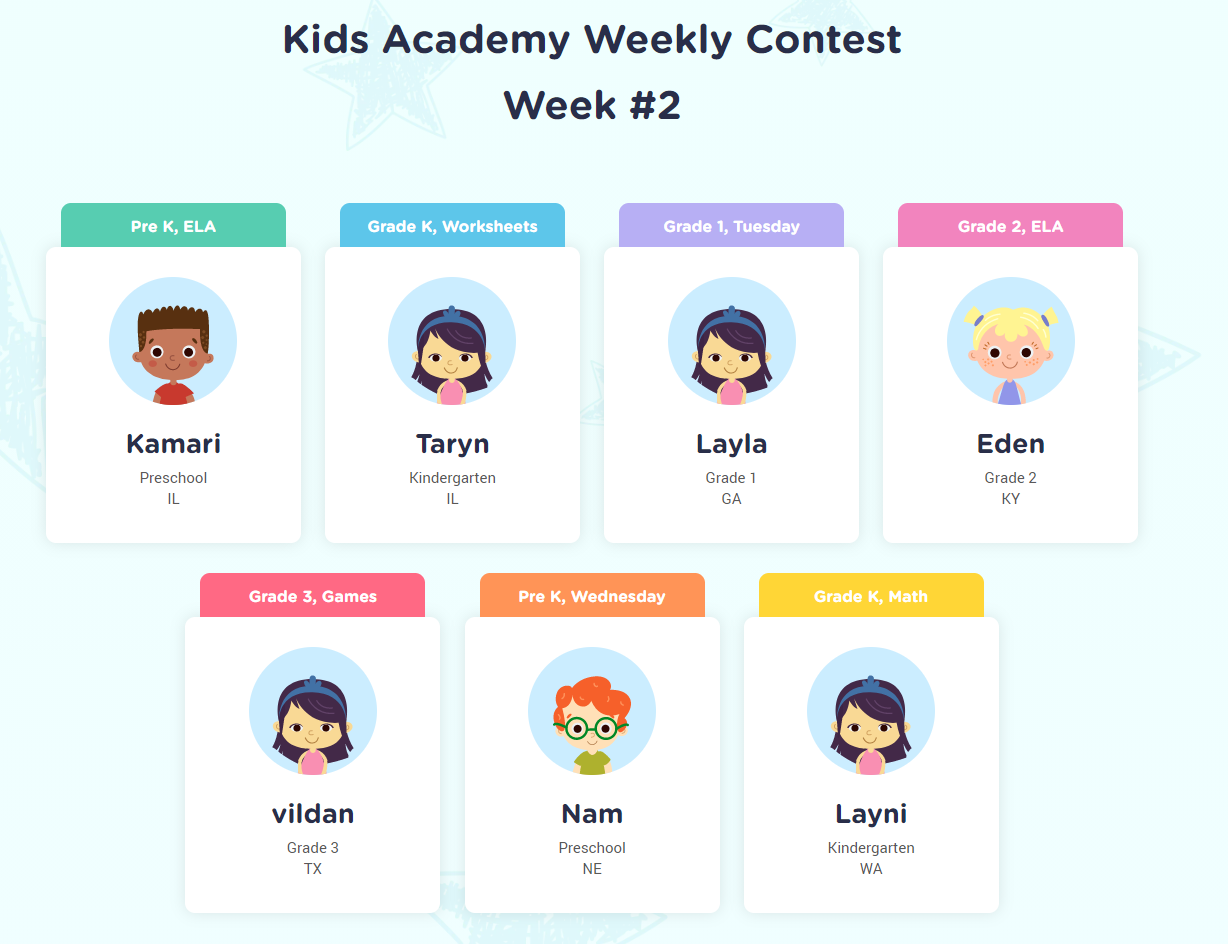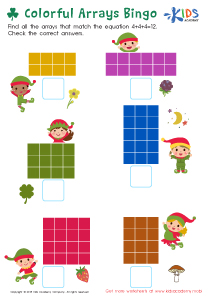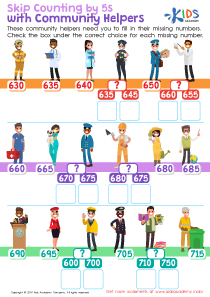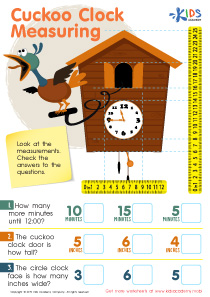Shape identification Grade 2 Math Worksheets
20 filtered results
-
From - To
Discover our engaging Grade 2 Math Worksheets focused on Shape Identification! These expertly crafted worksheets are designed to help your child master recognizing and naming various shapes. With fun activities and interactive exercises, students can develop their geometric understanding in a playful and educational manner. Perfect for at-home learning or classroom use, our worksheets cover 2D and 3D shapes, enhancing visual-spatial skills and critical thinking. Boost your child's confidence and prepare them for more advanced concepts with these essential resources. Begin your journey to geometric mastery with our Shape Identification Grade 2 Math Worksheets today!
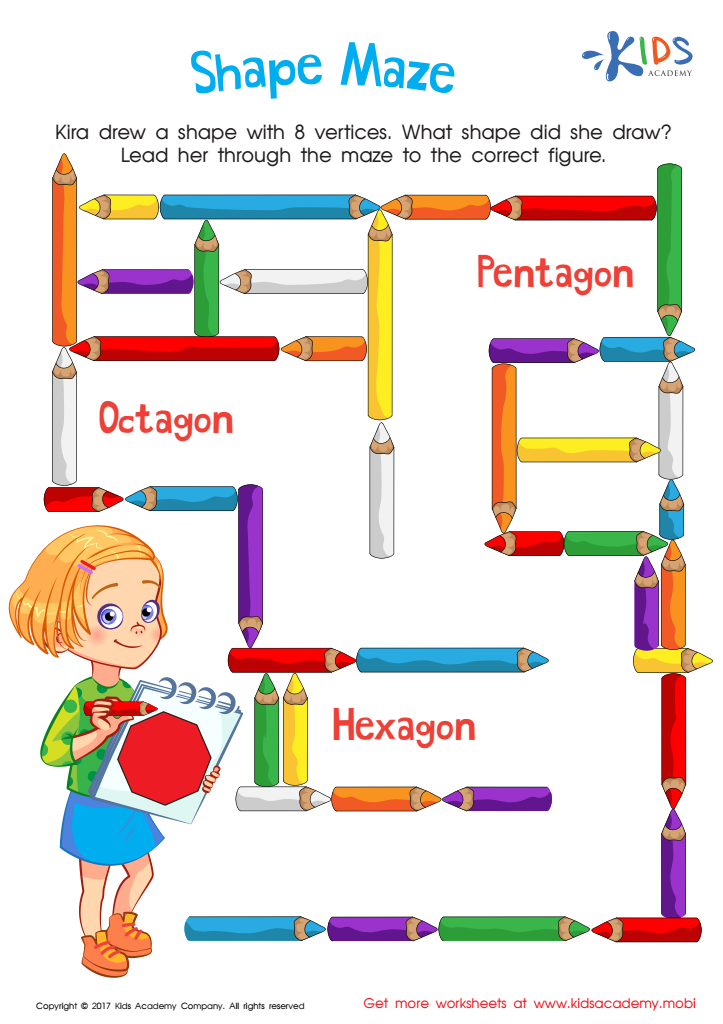

Shape Maze Worksheet
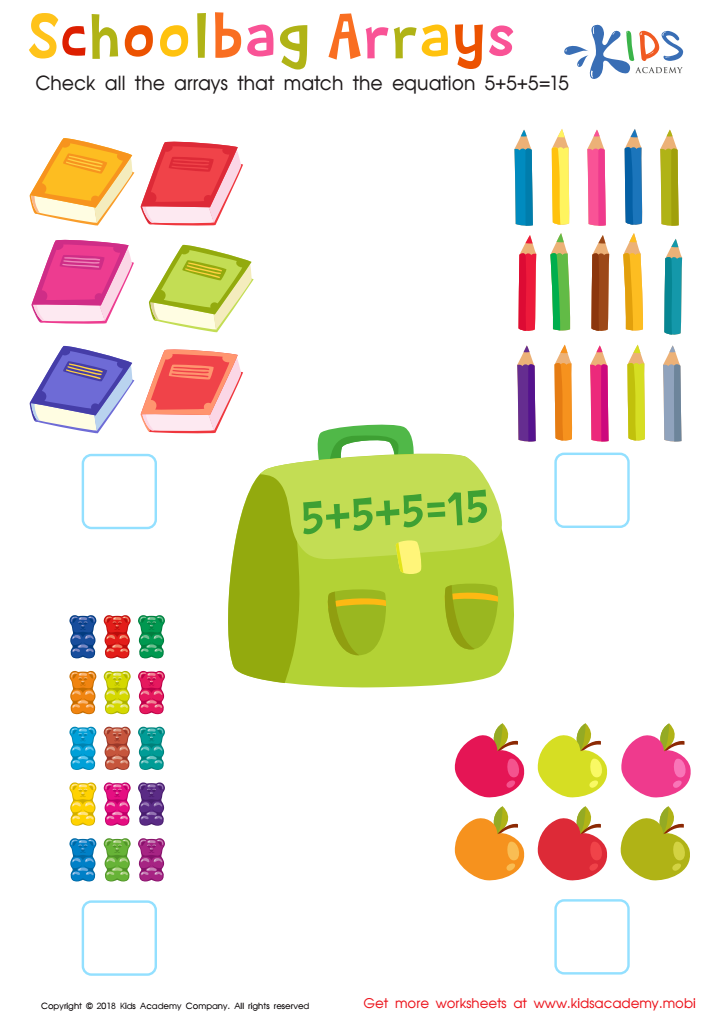

Schoolbag Arrays Worksheet
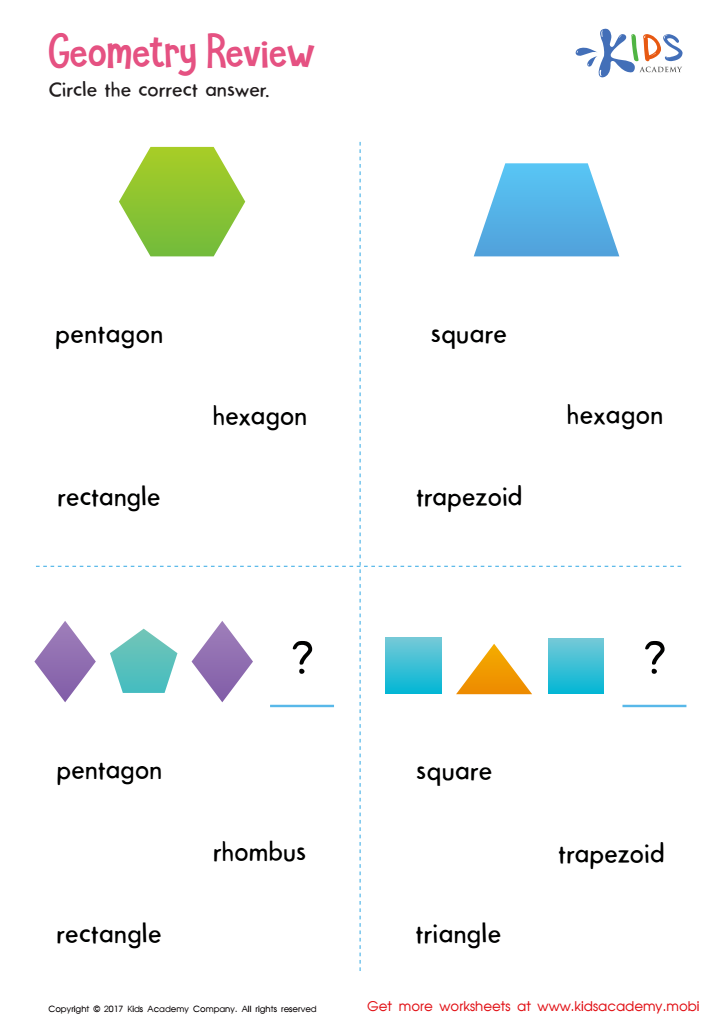

Geometry Review Printable
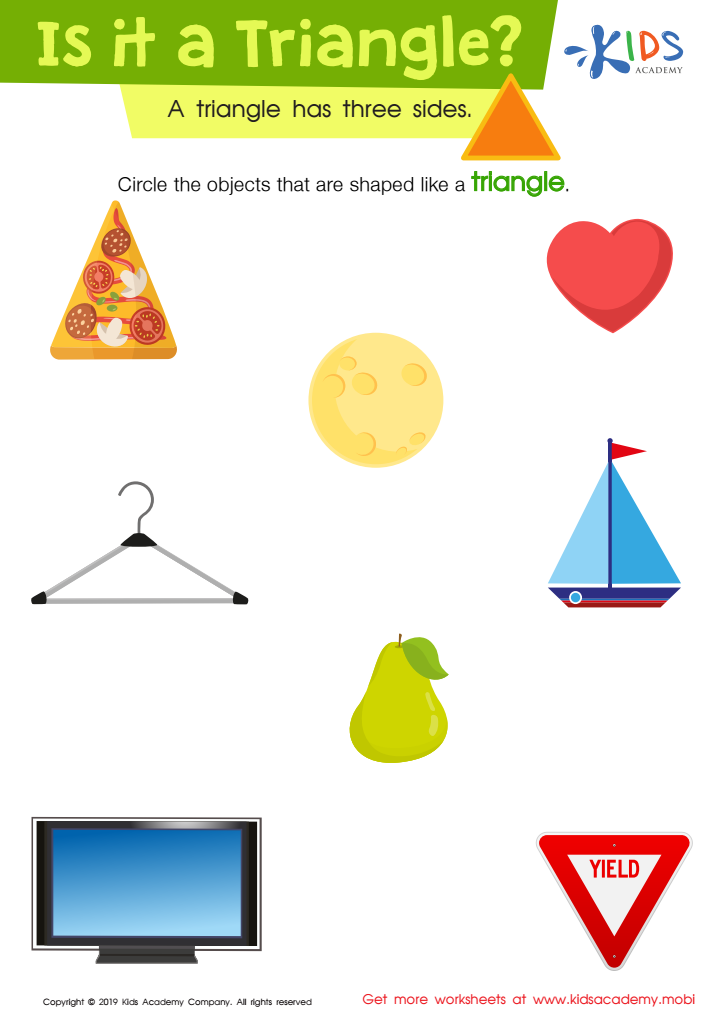

Is It a Triangle? Worksheet
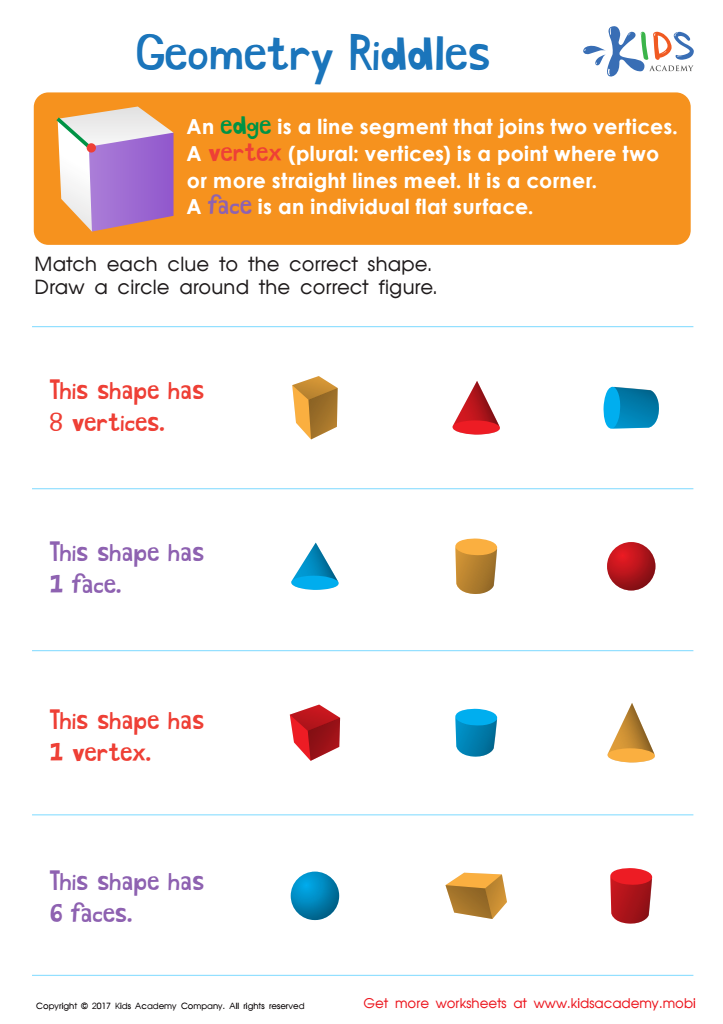

Geometry Riddles Printable
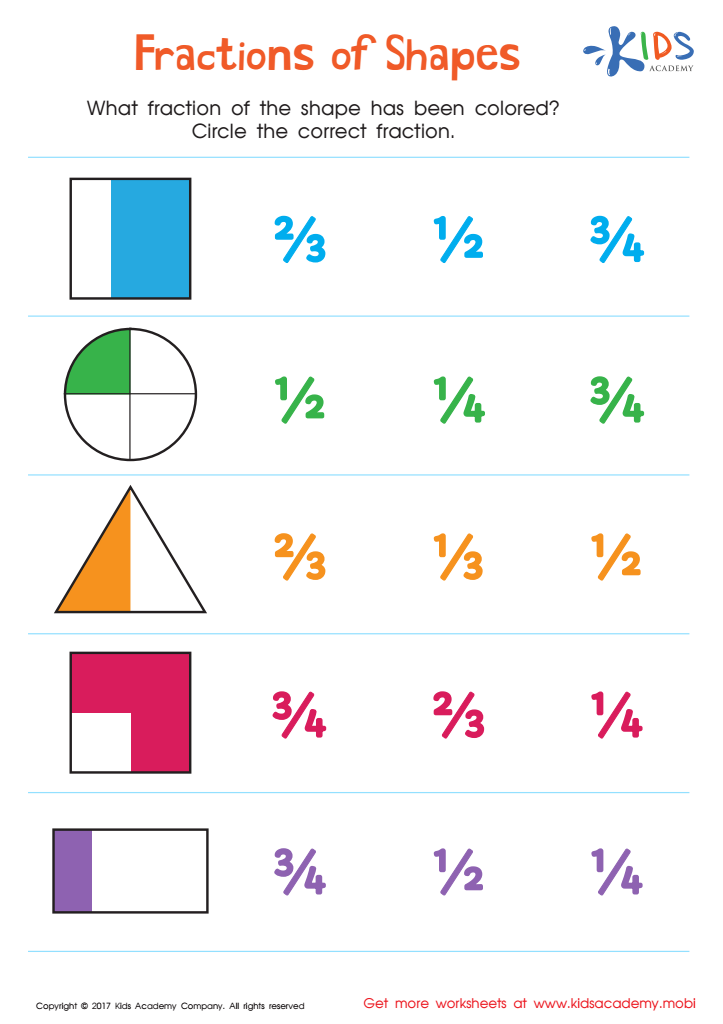

Fractions of Shapes: Math Concept Worksheet
Shape identification in Grade 2 math is foundational for children's overall cognitive development and future success in mathematics and other subjects. At this stage, students are learning essential skills such as recognizing, naming, and describing basic shapes like circles, squares, triangles, and rectangles. These skills form the basis for more advanced mathematical concepts, such as geometry and spatial awareness, which are critical for problem-solving and reasoning.
Parents and teachers should care because shape identification enhances visual-spatial skills, which are crucial in everyday activities and subjects such as science, engineering, and art. By understanding shapes and their properties, children can describe and interpret the world around them more accurately. This understanding also promotes critical thinking skills, as students learn to categorize and compare different shapes based on attributes like edges, vertices, and symmetry.
Additionally, early exposure to shape identification helps build a strong mathematical vocabulary. Communicating clearly about different aspects of shapes reinforces language development in a math context, which is beneficial for academic achievement across various subjects.
Finally, early mastery of shape identification instills confidence and lays a positive foundation for a child’s future learning experiences, fostering a more enthusiastic and inquisitive approach to education. As such, parents and teachers play a pivotal role in guiding and encouraging students during this formative period.

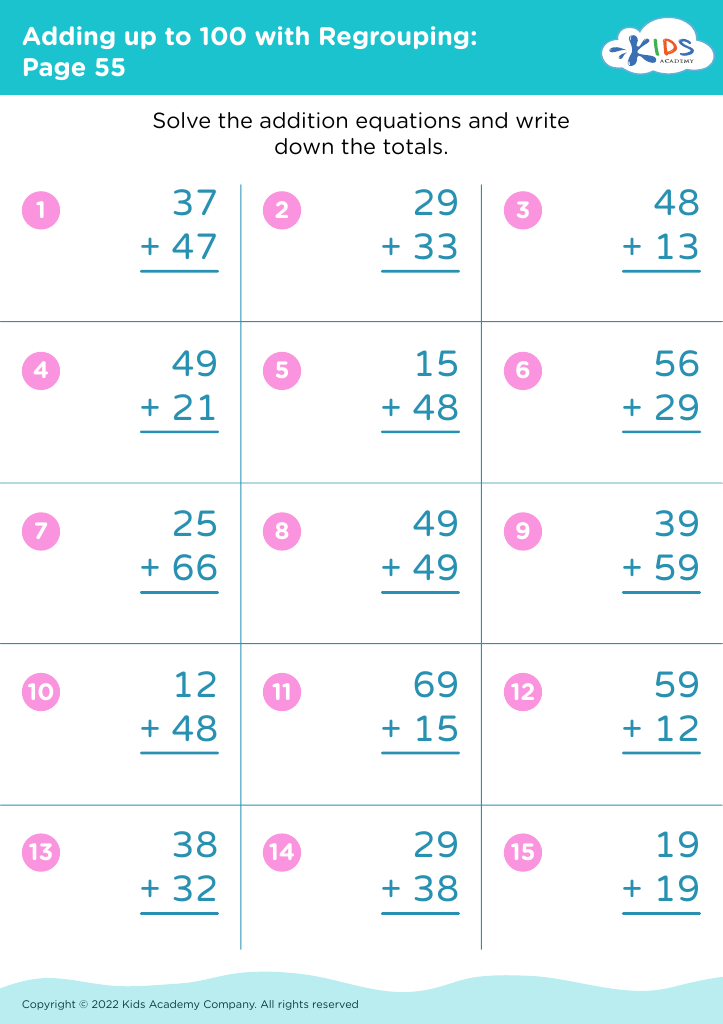
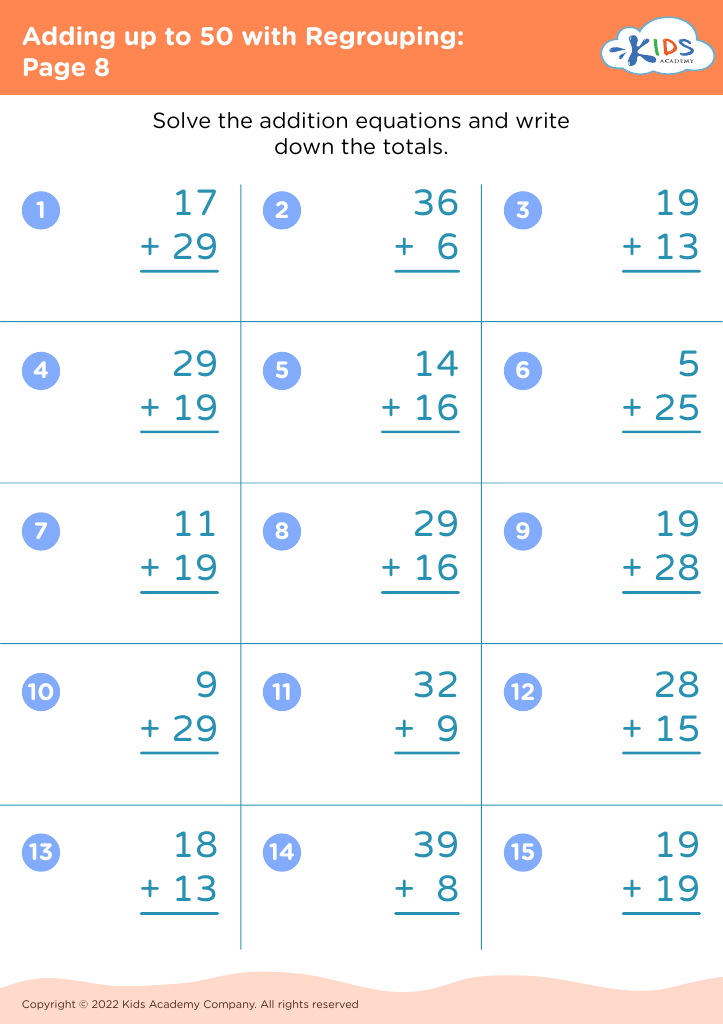
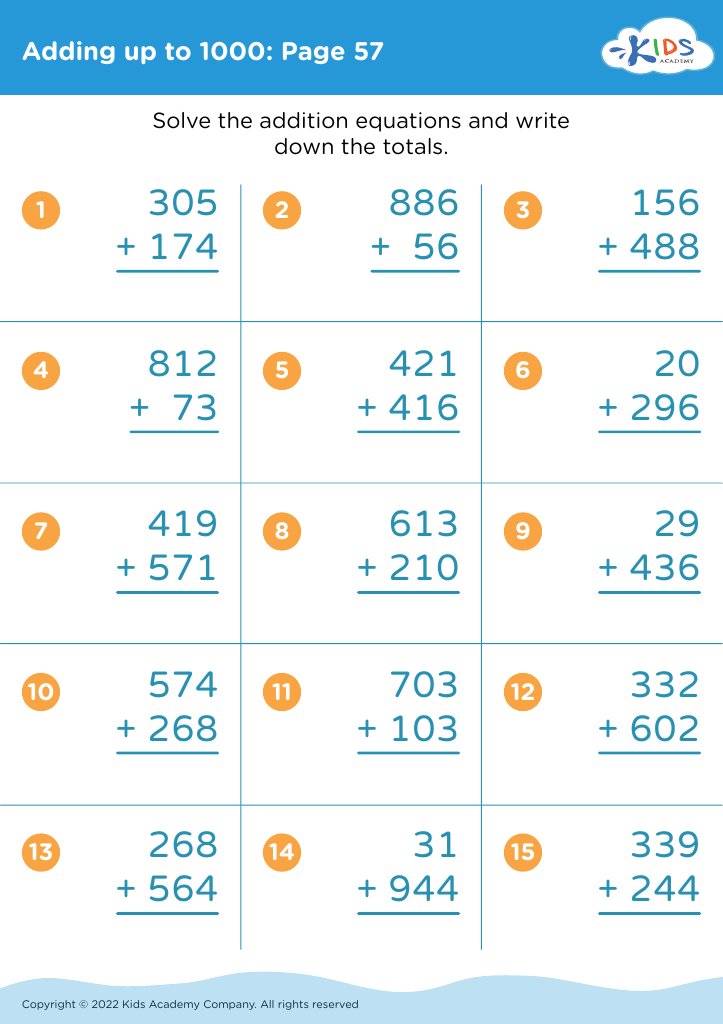

 Assign to My Students
Assign to My Students
